Sadly, World War II bombs blasted the city, leaving it ruins. Thanks to the “beauty” of 1950’s architecture, Berlin is a combination of the beautiful, the bold and the “fugly.” Post World War II architecture, in my opinion, isn’t the most glamorous style ever created. Combined with communist architecture, it’s no wonder why Berlin is a world of its own.
The Lemon Tree loves all things citrus. If your German is rusty, you may not realize that “Unter den Linden” translates to “underneath the lime trees.” Although limes do not exist, one can feel the deep roots of this city's remarkable history.
Today, Unter den Linden is Berlin’s most prominent and historic boulevard. The initial use was for a bridle path in 1573 and onwards that led from the city palace to Lietzow. In 1701, new architecture emerged alongside the street. And as fate had it during WW2, Unter den Linden was left in complete ruins.
Let’s take a walk together and discover the best sites, landmarks and statues along Unter den Linden.
Here, Hitler conducted various speeches during the Nazi era. Today, the museum is home to ancient art and cultural artifacts including Greek, Roman and Etruscans art.
Built between 1741 to 1743, the opera house has over 250 years in traditions including some of the world’s best composers and musicians gracing their “notes” with the audience.
Nearby the gate is a center-street park. Enjoy the calm atmosphere in this walkway park chocked full of trees flowing in the wind and people relaxing on park benches.
From here you are not too far from Alexander platz, which is accessible via foot. Be sure to wear good walking shoes and I recommend walking on both sides of Unton den Linden.
Let's Connect! You can follow The Lemon Tree on Bloglivin' - click the link below the author's bio!
Explore Berlin without getting lost with GPSmycity.com! Click here for the 10 Significant WW2 Sites to Visit in Berlin, Germany
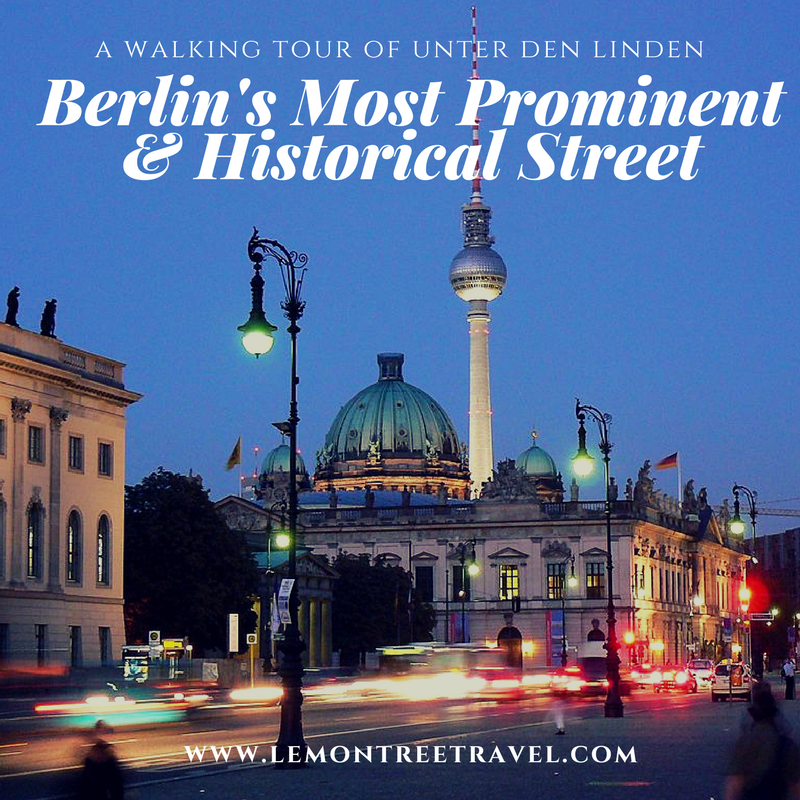





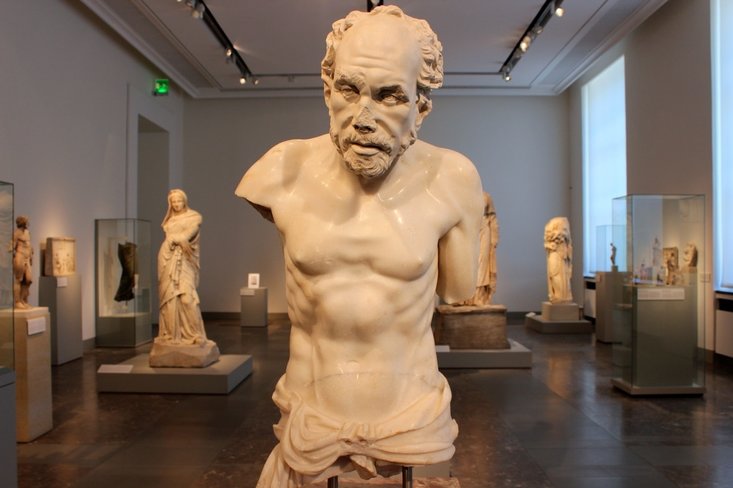






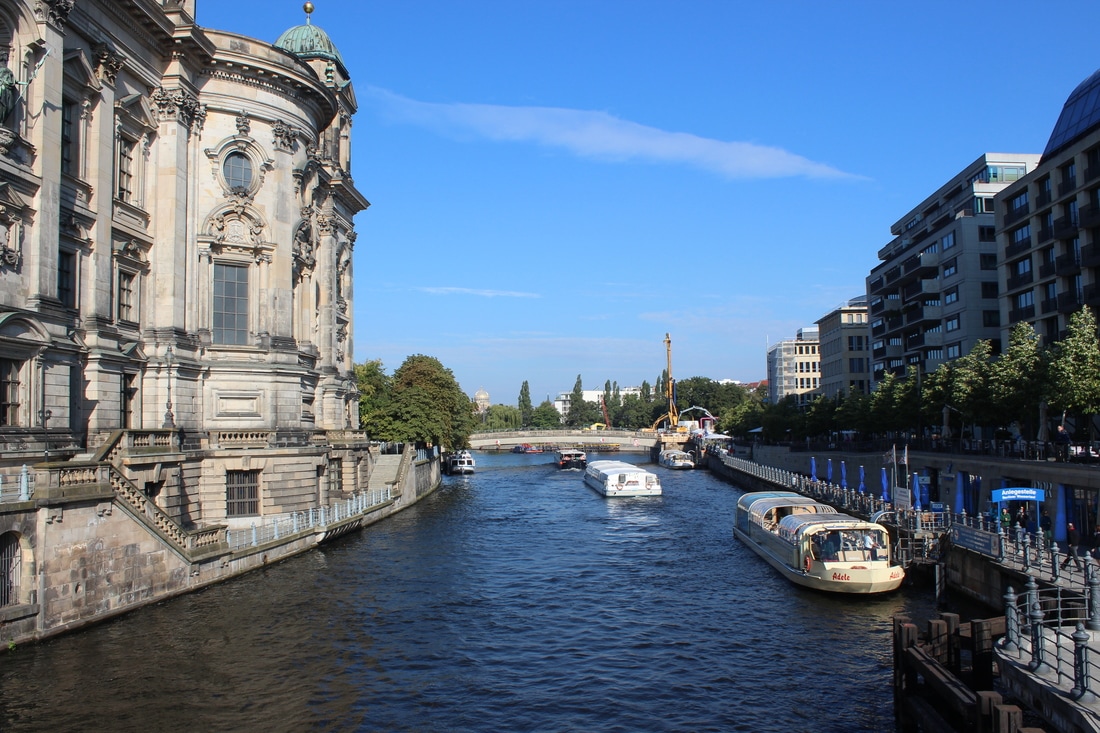

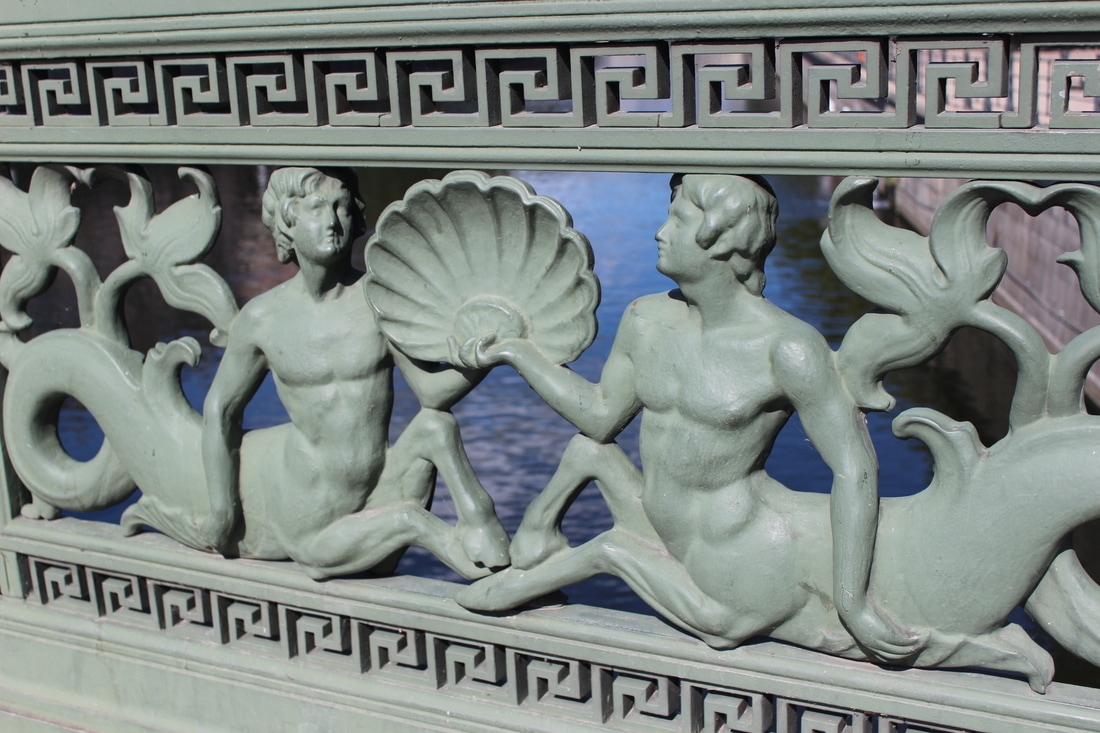




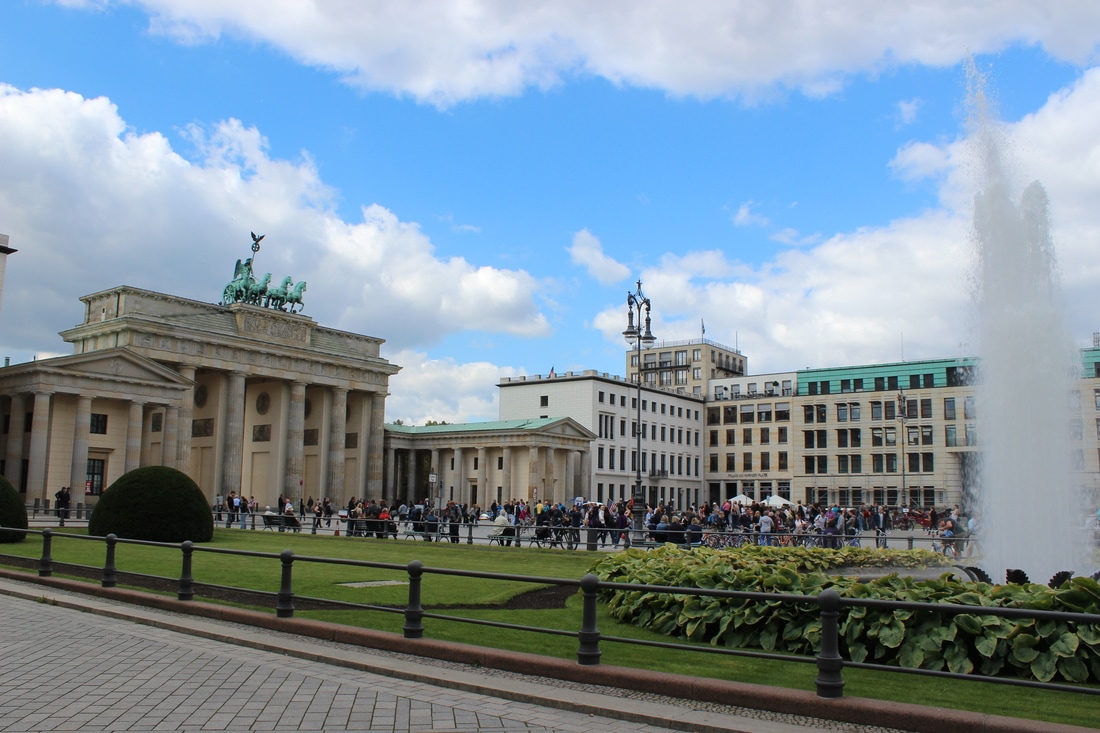

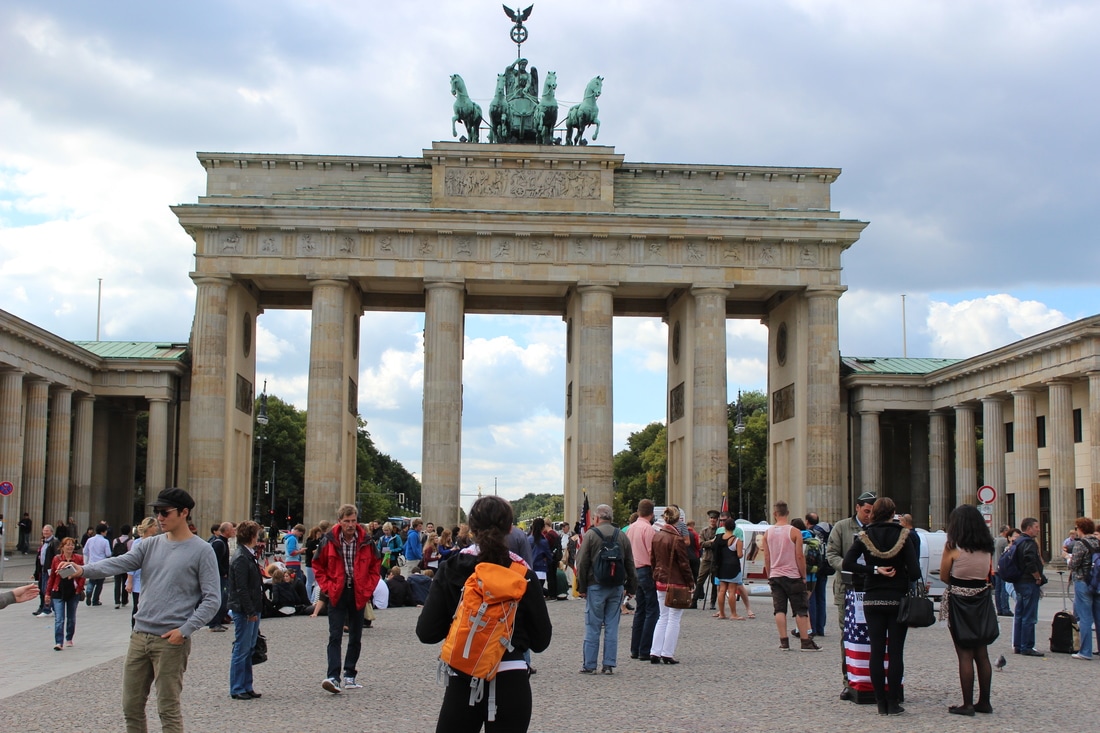

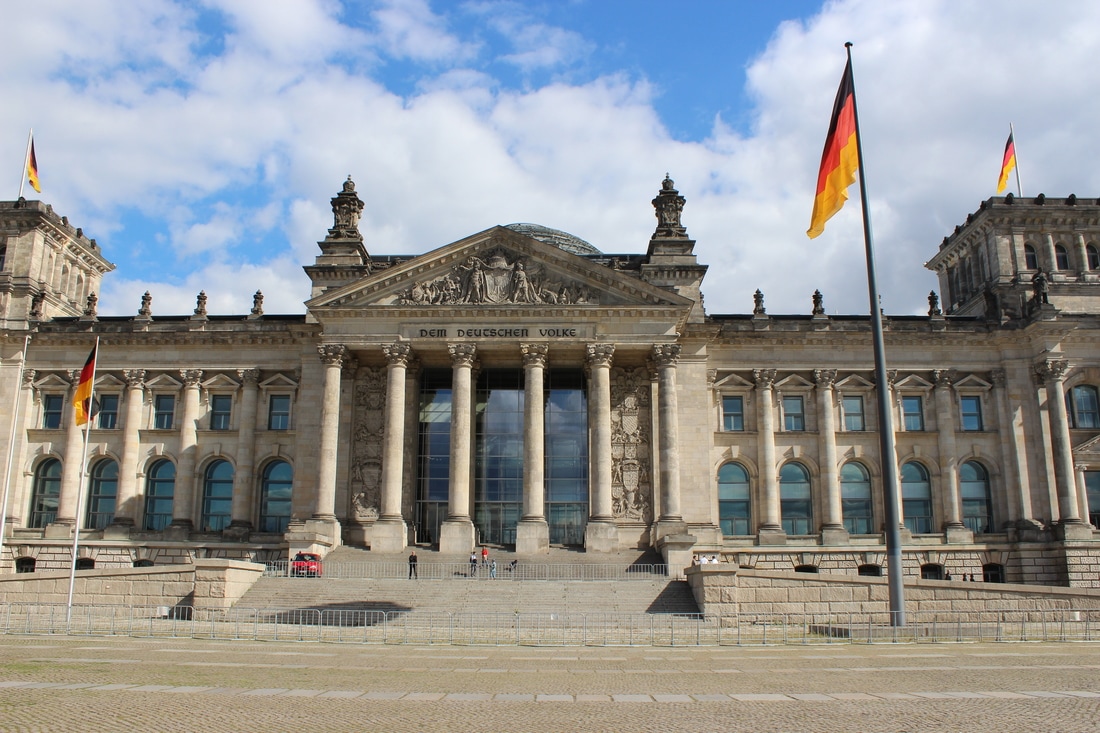



 RSS Feed
RSS Feed